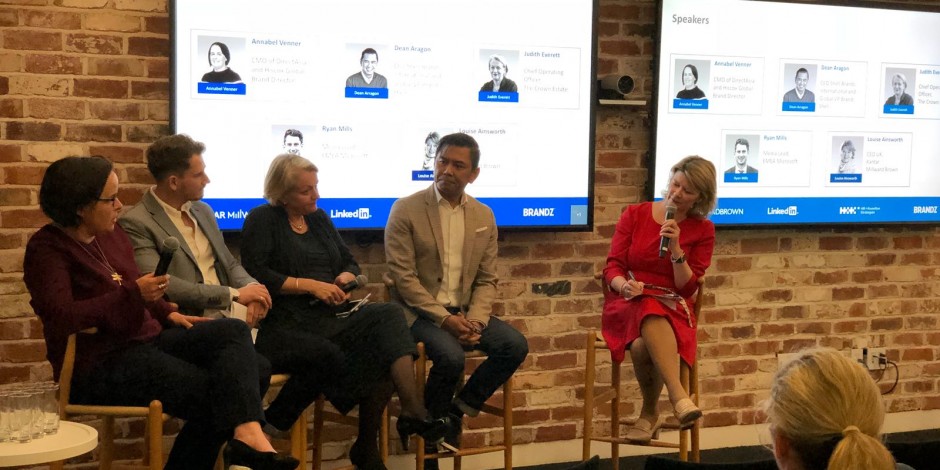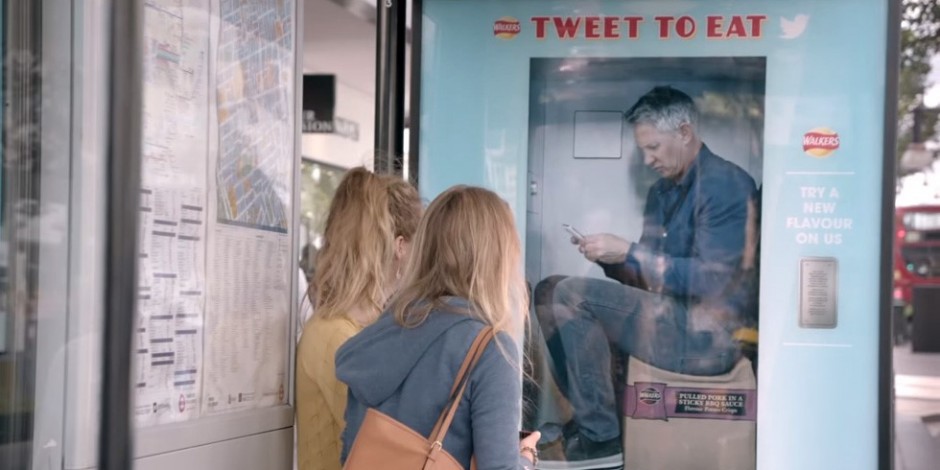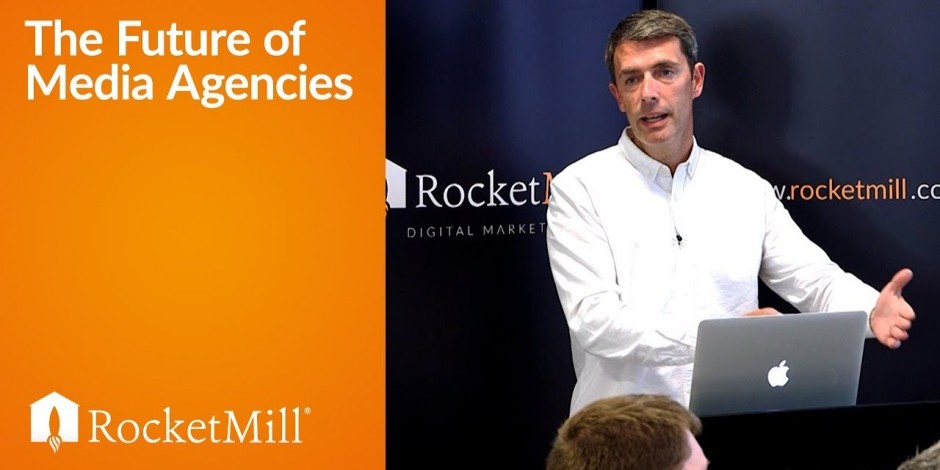By James Pruden
2019 is set to see ecommerce sales increase by 19.5% globally, offering an opportunity to savvy brands who are up to speed on the latest web design trends and developments to drive significant additional market share.
But what do brands need to bear in mind in 2019 to ensure that they continue to deliver relevant standout online design, and therefore sales?
Mobile First
It’s vital to implement mobile first design in 2019. In 2015 mobile searches overtook those on desktop, making mobile search the highest search form worldwide. In accordance with this, Google has changed which sites they index first — they now prioritise mobile sites over those that aren’t mobile friendly.
However, it’s worth bearing in mind that this push toward mobile first design isn’t just based on ranking factors or SEO, the visual result must enhance the user’s experience on the device that they will most likely be searching from.
This focus on mobile first requires a fundamental shift in the way that websites are designed. It used to be that a site would only be created for a desktop or laptop computer and a mobile-friendly or mobile responsive design might be added as well. Today, it’s critical to design the site for the mobile user first, before creating a version that will also standout for those on desktops.
Micro-animations/movement
Using moving micro-animations along with feedback loops – that deliver movement when hovering over an icon – help make websites more usable and engaging. The details of the micro-interactions: the button clicks and the page transitions can greatly improve a user’s experience on your site, meaning they are far more likely to return. It’s this meaningful motion, connecting an action with a reaction, that satisfies a user’s desire for interactivity. And with touch interfaces, especially on small screens, it has never been more important to deliver motion in micro-animations and feedback loops to make the interaction smooth and guide users on their journey to checkout.
Custom and classic fonts
Expect a move back to custom and classic font design – clean but formal – with bigger and bolder typefaces, and a move away from humanist fonts as brands aim to standout against the proliferation of humanist typefaces.
Colour
Bright colours should be used more liberally in 2019 to deliver greater standout. The last two years has seen an explosion of big, bold colour across the internet with an increasing number of brands choosing to use their core packaging brand colours as backing for their graphics, with clashing tones moving away from the edgy start-ups into the mainstream. Those who have embraced arresting colours include The Premier League, Sky and eBay. Though bear in mind a classic font design and bright colours won’t be suitable for all. The choice of font and colours has to be right for the values of the brand and resonate with the audience they are targeting.
Optimise for search
As is always the case, making sure the design of your website is optimised for search algorithms is vital. Developments in web design will be driven by what Google’s constantly evolving search algorithm looks for. To this end, make sure that the content being communicated is relevant to your target audience and written as naturally as possible. Google looks for honest, human generated content. Of course, this must be quality content to encourage others to have weblinks back to your site to aid your SEO efforts. If users want to share your copy this highlights to Google that you are a valuable resource and the reward for your efforts will be an improved organic search ranking.
Speed
With research revealing over half of consumers leave a website if it takes more than three seconds to load, websites must be designed with speed in mind. Also, the faster your site loads the better it will rank in search results, particularly in Google search. This is not to say that websites should be sparse affairs with limited content and imagery for the purposes of speed. With better broadband it’s much easier to have image and content heavy sites that can load quickly. However if you have an app it’s seriously worth considering hosting it on a Progressive Web App (PWA) for speed purposes. A PWA can be launched from a home screen and can be ready in less than a second, often beating native apps in load times.
All brands need to constantly evolve their web design to continue to standout and deliver an engaging experience to their users that generates sales. By recognising and having these six web design points front of mind, brands will be well placed for a profitable 2019 online.
By James Pruden
James Pruden is studio director at Xigen











